In the era of short videos and daily vlogs, more and more people are turning to the camera to document their lives: a trip, a meal, a concert, or even just an everyday walk. Many start off enthusiastic, investing in various gear, only to be discouraged by complicated setups and heavy equipment. But is it really possible to achieve both portability and professional quality at once? That’s the question I set out to answer through hands-on testing.
To find the perfect vlogging gear that’s lightweight and shoot-ready anytime, I tested a range of compact devices for different scenarios and budgets—including pocket cameras designed for content creation, smartphone gimbals, portable microphones, and the increasingly popular mini action cams. I put them through real-world scenarios such as travel diaries, food hunts, night street scenes, and portrait dialogues, then evaluated the footage during editing. The result? A curated list of devices that truly deliver.
What Are the Core Needs for Vlog Shooting?
Contrary to popular belief, vlogging doesn’t require professional gear, tripods, or studio lighting. In real-world usage, the three most important factors are timeliness, portability, and a balance of visual/audio quality.
- Compactness: Must be easy to carry around while walking, shopping, or traveling.
- Ease of Use: Quick startup, fast autofocus, minimal setup.
- Stable Footage + Clear Audio: Even spontaneous shots should look and sound good.
- High Quality + Tolerance: Good results even in low light or with shaky hands.
Next, I’ll break down my top picks into three categories of gear.
Mini Vlogging Cameras: Sony ZV-1 II & Insta360 GO 3
Sony ZV-1 II: The “Image Quality King” in Your Pocket
Sony’s ZV series has long been a favorite among vloggers, and the ZV-1 II is a streamlined, upgraded version with improved autofocus and stabilization.
Hands-On Experience:
Weighing just around 292g, this camera fits easily into a small crossbody bag. I was particularly impressed by its video stabilization—footage remains smooth even when walking and talking. With a one-click bokeh feature, you get beautifully blurred backgrounds that elevate portrait scenes.
Its triple-capsule directional mic captures audio cleanly, even in windy or crowded environments. The color profile is vibrant and flattering straight out of the camera, which is great if you’re not into color grading.
Pros:
• 1-inch sensor for detailed, low-light-friendly footage
• Built-in directional mic with clear audio capture
• Fast startup and precise autofocus
• 4K recording + S&Q slow-motion support
Cons:
• Battery life is modest (extra batteries recommended)
• Fixed-lens system limits focal length flexibility
This is ideal for users who want professional-looking results with minimal setup—just press record and go.
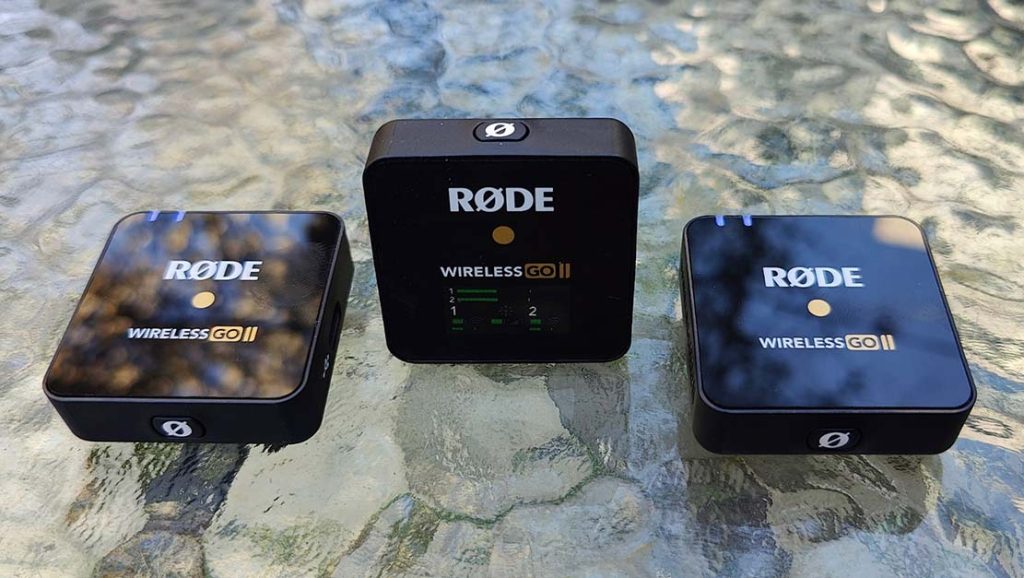
Insta360 GO 3: The Ultra-Light Shooting Companion
If you prefer the freedom to shoot anytime, anywhere, the Insta360 GO 3 is the most lightweight option available. Weighing only 35g, it magnetically clips onto your hat, collar, or backpack strap, keeping your hands free and your view unobstructed. Pair it with the Action Pod for live previews and expanded functionality.
Hands-On Experience:
I mainly used this for urban walks and cycling trips. It’s so light, you forget it’s even there, but the built-in FlowState stabilization delivers rock-steady footage. It’s IPX8 waterproof, so you can film even in light rain.
The image color profile leans toward natural tones, making it pleasing and realistic. With one-button operation and app-based editing (with templates!), it’s very beginner-friendly.
Pros:
• Weighs only 35g, ultra-portable
• FlowState stabilization rivals traditional gimbals
• Creative mounting options (POV, overhead, etc.)
• App with AI-powered editing templates
Cons:
• Slightly lower image quality than ZV-1 II
• Small battery capacity (best with Action Pod)
Perfect for casual content, travel, and lifestyle vlogs—especially if you hate bulky gear.
Smartphone Setup Upgrades: Gimbal and Microphone Pairings
Using your phone for vlogging? Great choice. But for better visuals and audio, a few add-ons can elevate your content significantly. My tested combo: DJI Osmo Mobile 6 Gimbal + RODE Wireless GO II Mic.
DJI Osmo Mobile 6: The Gold Standard for Phone Stabilization
Hands-On Experience:
Used with an iPhone or Android flagship, this gimbal drastically improves video smoothness. Walking-and-talking shots look fluid, and the built-in tracking keeps the subject centered. The foldable design makes it travel-friendly, and the built-in extension rod turns it into a selfie stick—ideal for solo creators or group shots.
The DJI Mimo app adds smart features like beauty mode and face tracking to enhance footage further.
Pros:
• Foldable, portable, and self-balancing
• Excellent three-axis stabilization
• Built-in selfie stick + tripod
• Smart features via companion app
Cons:
• May not support very large or heavy phones
• Setup and balancing take a bit of practice
Ideal for those who want to turn their phone into a powerful vlogging camera without buying a separate one.
RODE Wireless GO II: Tiny Size, Big Sound
Audio is often overlooked but is crucial to immersive vlogs. RODE’s Wireless GO II strikes the perfect balance between portability and quality.
Hands-On Experience:
Clip the transmitter onto your collar, plug the receiver into your phone or gimbal, and you’re set. Even in windy outdoor settings, it delivers clean sound thanks to its built-in noise reduction. Dual-channel recording makes it great for interviews or two-person dialogues.
The device has onboard memory, so even if the connection drops, your audio is safely stored.
Pros:
• Compact and unobtrusive
• Clear audio with strong noise rejection
• Built-in storage avoids data loss
• Works with phones, cameras, and computers
Cons:
• Slight learning curve for pairing and settings
• Windshields recommended for outdoor use
Great for serious vloggers or anyone planning to record voiceovers, interviews, or ambient soundscapes.
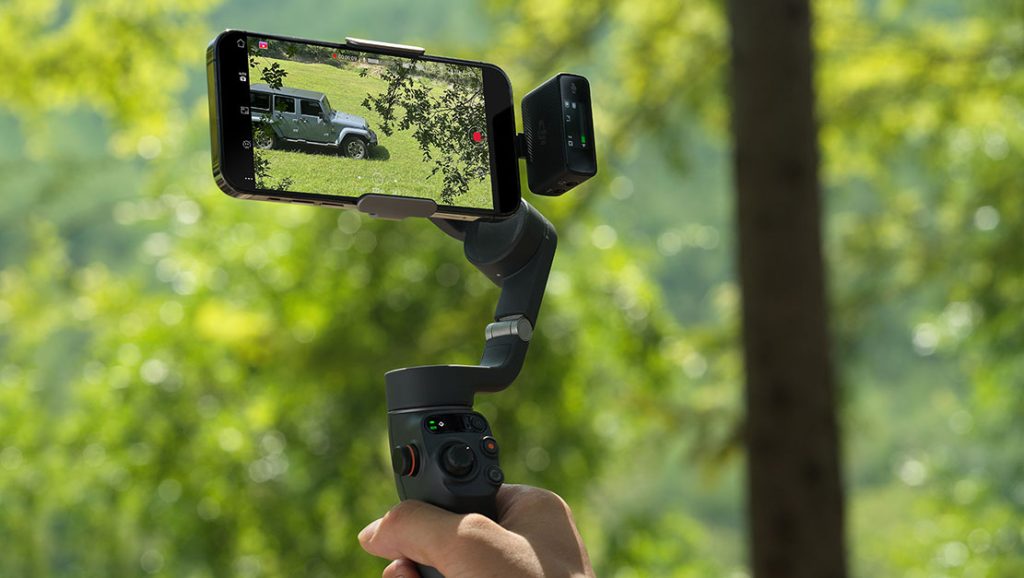
Recommended Setups Based on Budget & Scenario
To help you choose, here are my go-to gear bundles for different user needs and price ranges:
1. Entry-Level Daily Logging (Budget: Around ¥2,000)
• Insta360 GO 3 (standalone version)
• Smartphone + RODE Lavalier Go (wired mic)
Ideal for casual everyday recording. Extremely lightweight and beginner-friendly.
2. Mid-Tier Content Creation (Budget: Around ¥4,000)
• Sony ZV-1 II
• RODE VideoMicro (directional mic)
• Compact tripod (e.g., Ulanzi MT-08)
Great for travel, food reviews, and daily vlogs that require better visuals and sound.
3. Pro-Level Vlog Production (Budget: ¥6,000 and up)
• iPhone 15 Pro / Samsung S24 + DJI Osmo Mobile 6
• RODE Wireless GO II
• LED fill light + tripod combo
Perfect for planned shoots, interviews, and high-end vlogging with a polished finish.
Travel Light, Shoot Big
Whether you’re just starting out or already a seasoned content creator, portability and quality don’t have to be mutually exclusive. With smart gear choices, you can create stunning content even on a tight budget or limited space.
From compact cameras to smartphone accessories, from microphones to action cams, these vlogging tools are designed to empower you to record life effortlessly. In today’s creator-driven world, all you need is a spark of inspiration—your gear will follow.
All the products mentioned are available via Amazon’s official store, with some offering bundle deals or value packs. When shopping, check out user reviews and limited-time discounts to find the best fit at the best price.
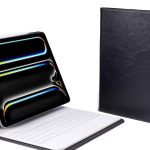
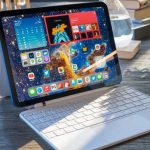
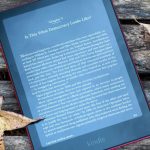

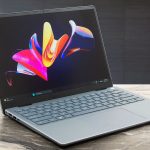
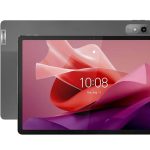
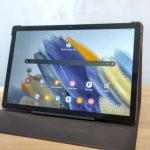
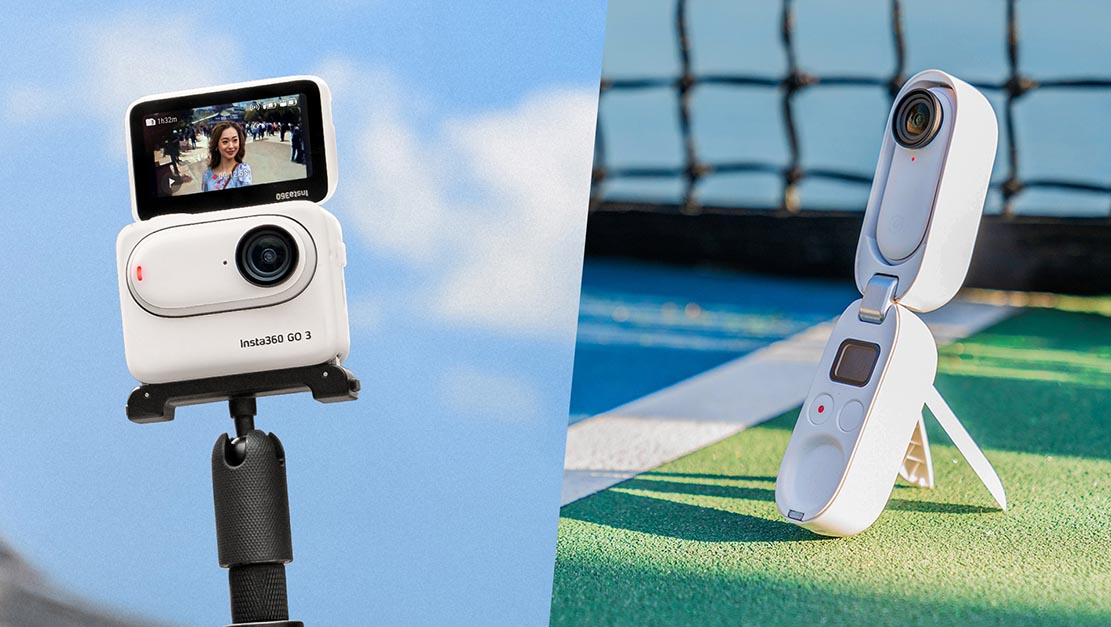
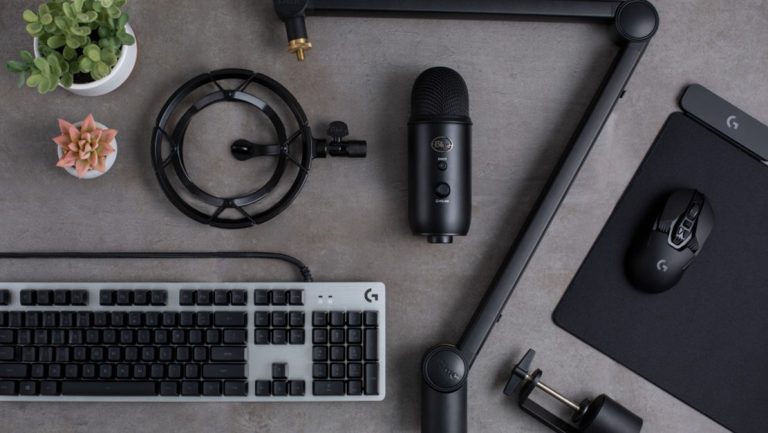
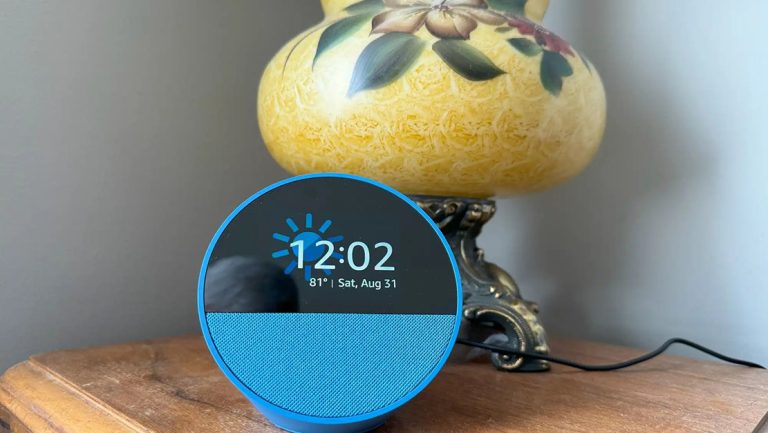
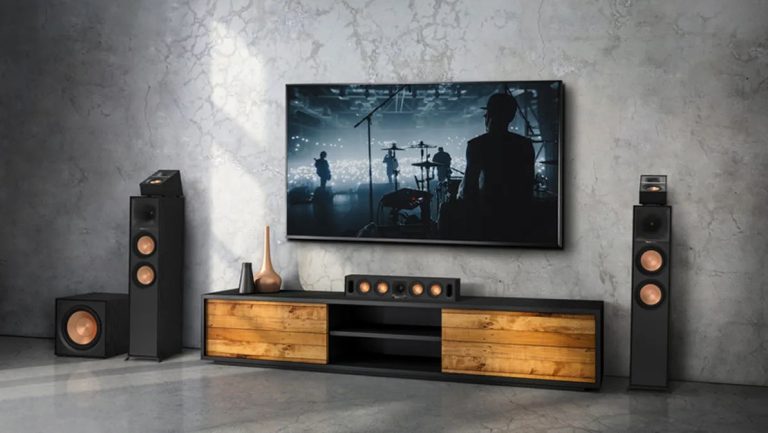


+ There are no comments
Add yours